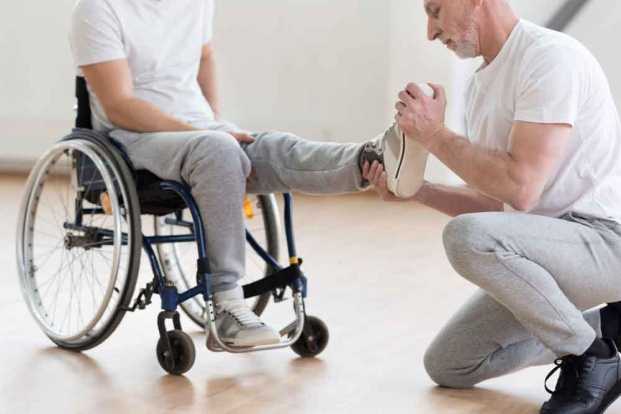Monoplegia and Hemiplegia
Apr 19, 2022
In reality, there exist several kinds of paralysis as there are many ways in which our body could be injured. Paralysis is the loss of muscle function in part of your body. It happens when something goes wrong with the way messages pass between your brain and muscles. Paralysis can be complete or partial. It can occur on one or both sides of your body. It can also occur in just one area, or it can be widespread. Here we would discuss 2 categories of paralysis.

Monoplegia
It is the paralysis of a single portion of the body, most typically a limb. Individuals having monoplegia, usually retain control over the rest of their body, however, cannot feel sensations in or cannot move the affected limb. Cerebral Palsy is the biggest reason for monoplegia but there are also other ailments and injuries which can cause this form of a partial paralysis, comprising:
- Strokes
- Nerve damage because of diseases or injuries
- Tumors
- Nerve impingement
- Brain injuries
- Motor neuron damage
- Severed or impacted nerves at an affected location
Monoplegia could also sometimes be a temporary condition & is especially common post a brain injury or stroke. When the nerves that affect the paralyzed part aren’t fully severed, it is often possible to also regain significant function by physical therapy.
Hemiplegia
It affects a leg or an arm on the same side of our body & as with monoplegia, the biggest cause happens to be cerebral palsy. With hemiplegia, the extent of paralysis varies from individual to individual & could change over time. Hemiplegia often starts with a sensation of pins & needles, increases to the weakness of muscles & escalates to form a complete paralysis. But many individuals having hemiplegia have found that the extent of functioning varies day to day & depending on their activity level, overall health and also other factors.
Hemiplegia shall not be confused with a hemiparesis which refers to the weakening of 1 side of the body. Nevertheless, a hemiparesis is often a precursor to a hemiplegia, mainly for the patients having neurological problems.
Hemiplegia sometimes is temporary & the overall prognosis is dependent on treatment, along with early intervention in physical & occupational therapy.
There isn’t anyone approaches for treatment which works for all individuals. Instead, the treatment mainly depends on the reason of hemiplegia.



.jpg)




